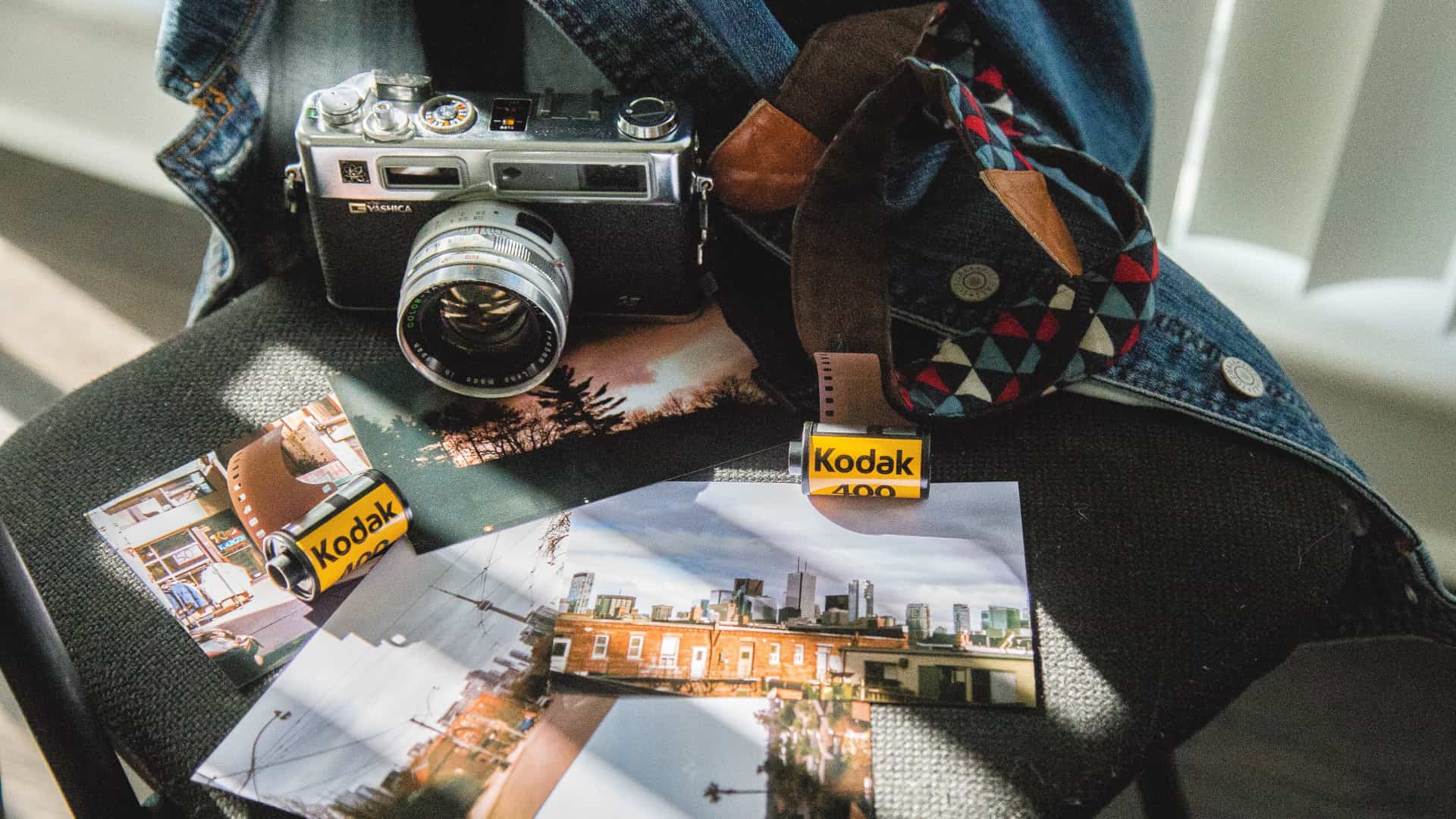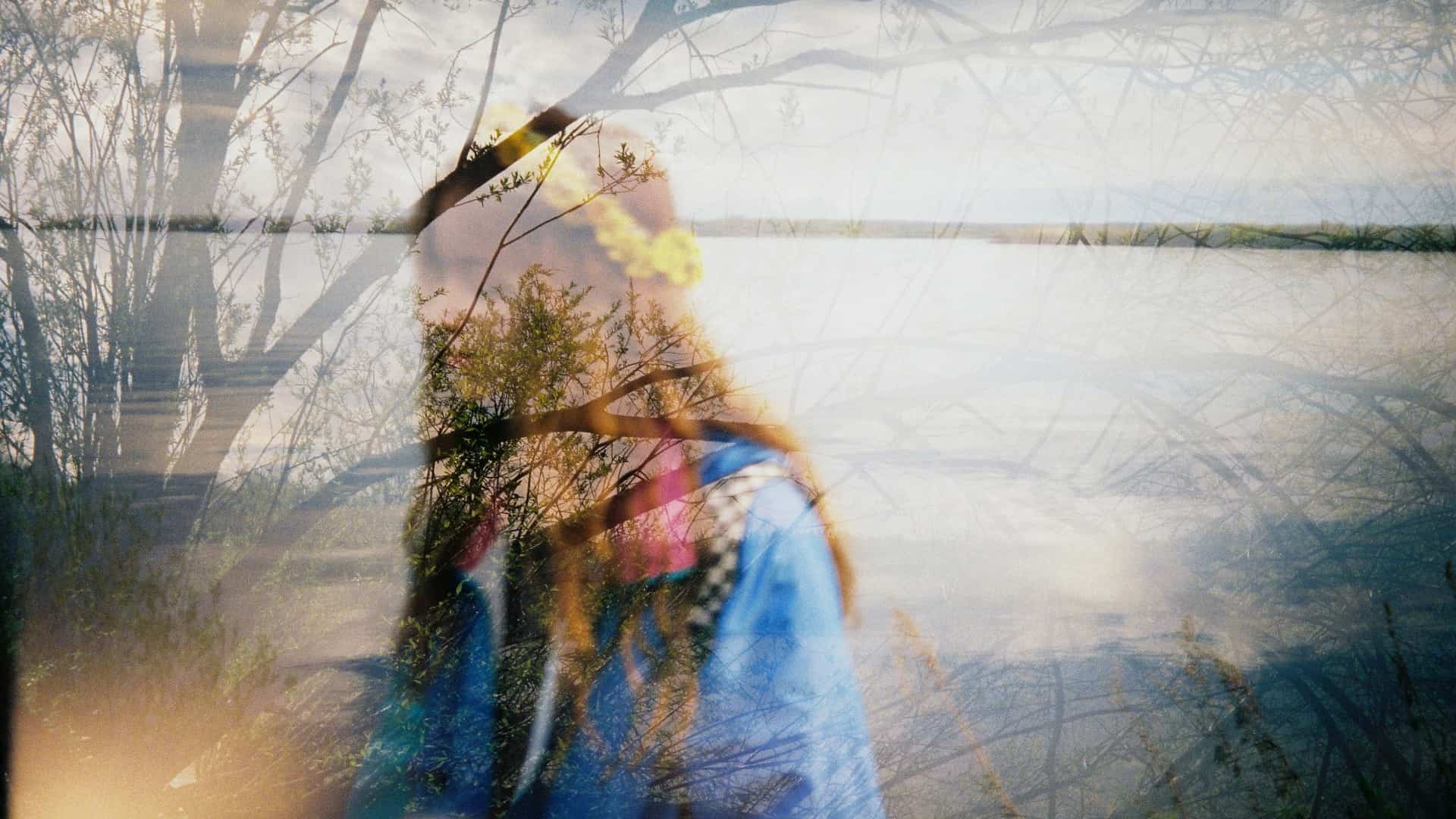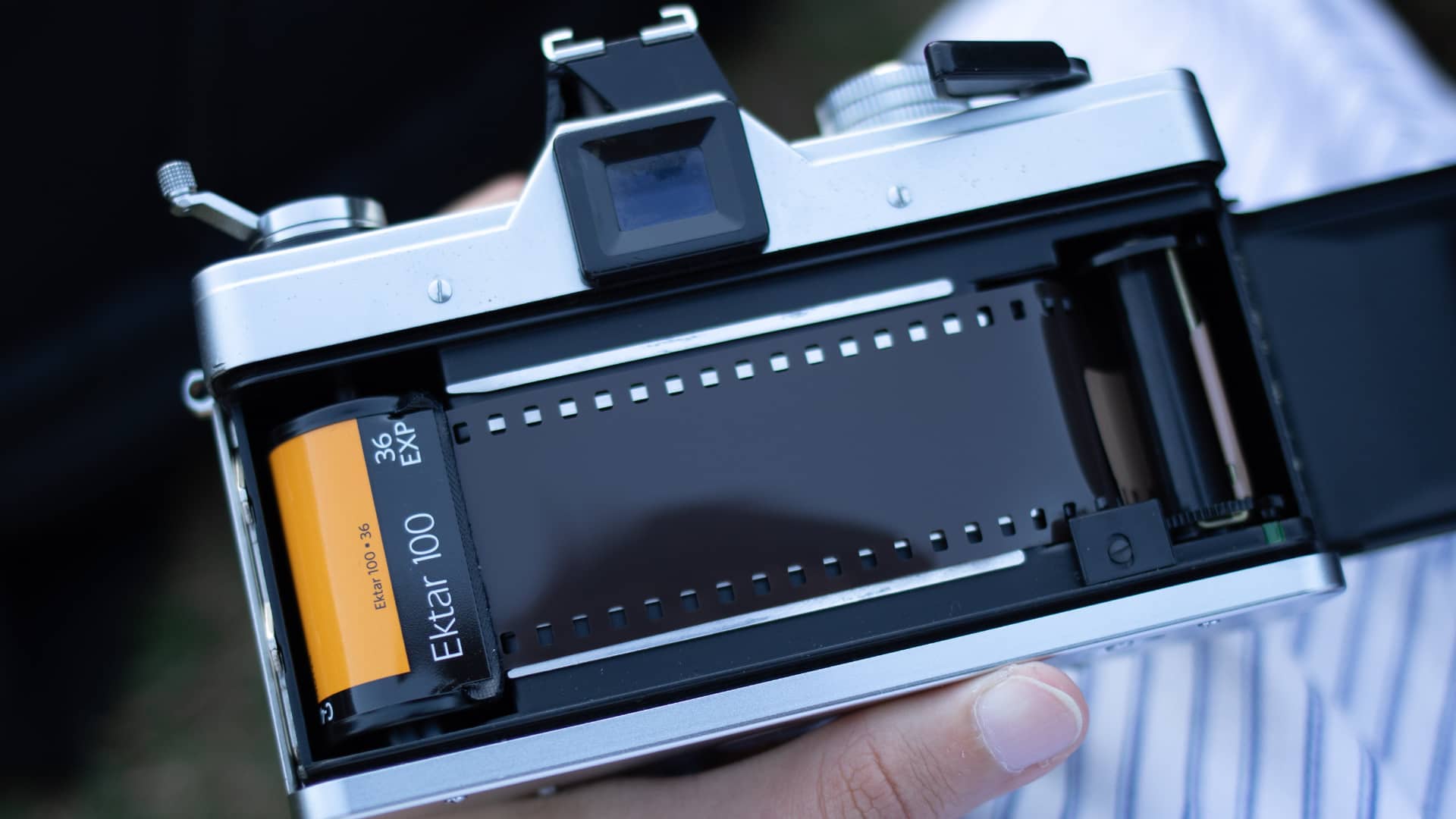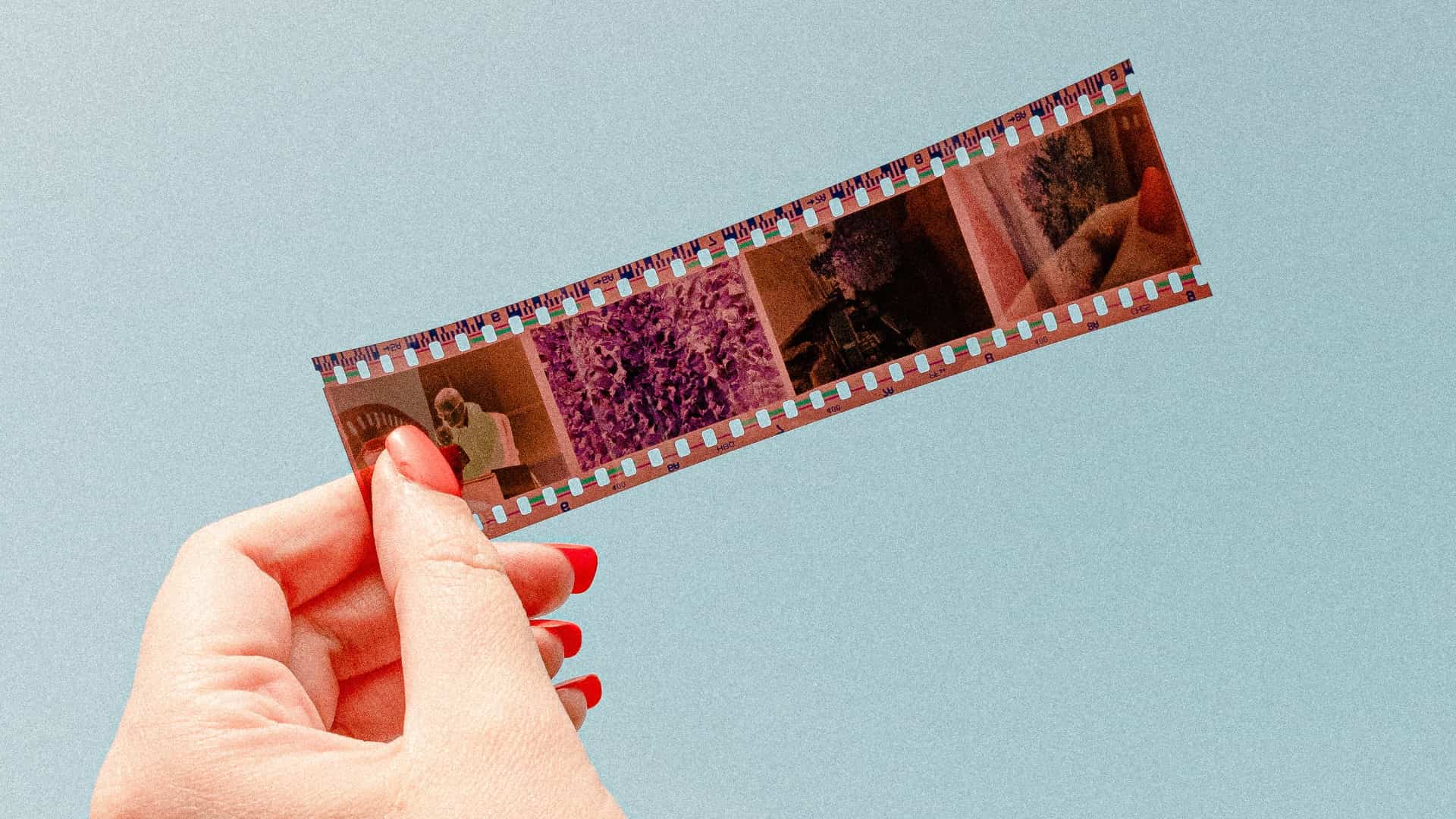Table of Contents
Exploring the Key Differences
Photography is a timeless art form, and its evolution over the years has been marked by a significant shift from film to digital technology. Both film and digital photography have their unique characteristics, strengths, and appeal. Let's delve into the key differences that set them apart.
Image Capture Medium
- Film Photography: Film photography uses light-sensitive emulsion coated on a strip of plastic or acetate as the medium for capturing images. It relies on chemical processes for developing and printing.
- Digital Photography: Digital photography employs electronic sensors, typically CMOS or CCD, to capture images. These sensors convert light into digital data that can be stored on memory cards.

Image Processing
Film Photography: In film photography, image processing occurs during development in a darkroom. Photographers have limited control over adjustments once the photo is taken.
Digital Photography: Digital photography allows for real-time image processing. Photographers can make adjustments, apply filters, and manipulate images using software, providing greater flexibility and creative control.
Image Quality and Resolution
Film Photography: Film photographs are known for their unique aesthetic, characterized by grain and a particular texture. The resolution depends on the film stock used.
Digital Photography: Digital cameras offer high-resolution images with less noise, making them ideal for commercial and professional use. The absence of grain provides a clean, sharp appearance.

Cost and Convenience
Film Photography: Film photography requires the purchase of film rolls, development, and printing costs. It can be expensive and less convenient, especially when waiting for prints.
Digital Photography: Digital photography eliminates the need for film and development costs. Photographers can instantly view, delete, or transfer images, reducing expenses and increasing convenience.
Feedback and Learning
Film Photography: With film, photographers must wait until the development process is complete to see the results. This delayed feedback can be a valuable learning experience, teaching patience and careful planning.
Digital Photography: Digital cameras provide instant feedback, allowing photographers to experiment, learn, and adjust settings in real-time. This immediate feedback accelerates the learning process.

Archiving and Preservation
Film Photography: Film negatives and prints can last for decades if stored properly. They provide a tangible and archival format.
Digital Photography: Digital images require careful digital archiving and backup to prevent data loss. The longevity of digital formats depends on the storage media and file formats used.
Environmental Impact
Film Photography: Film production and development involve chemicals and materials that can have environmental consequences.
Digital Photography: Digital photography, when used responsibly, can be more environmentally friendly due to reduced chemical use and waste.

Both film and digital photography have their merits, and the choice between them often depends on personal preference, the intended use, and the desired aesthetic. Some photographers even choose to blend the two, using film for its unique qualities and digital for its practicality. The beauty of photography lies in its ability to adapt and evolve, offering endless creative possibilities to capture and share moments in time.


1 Comment